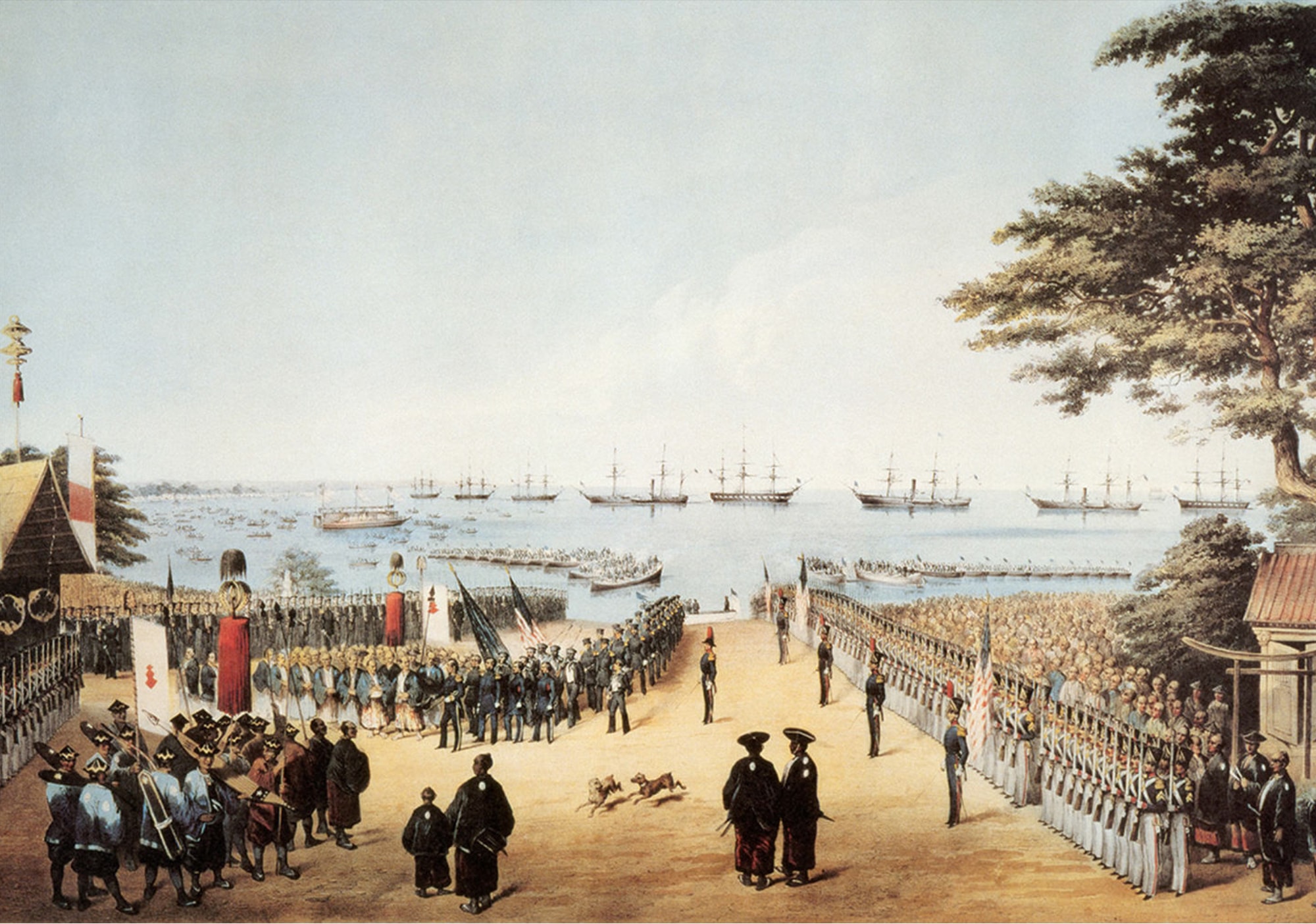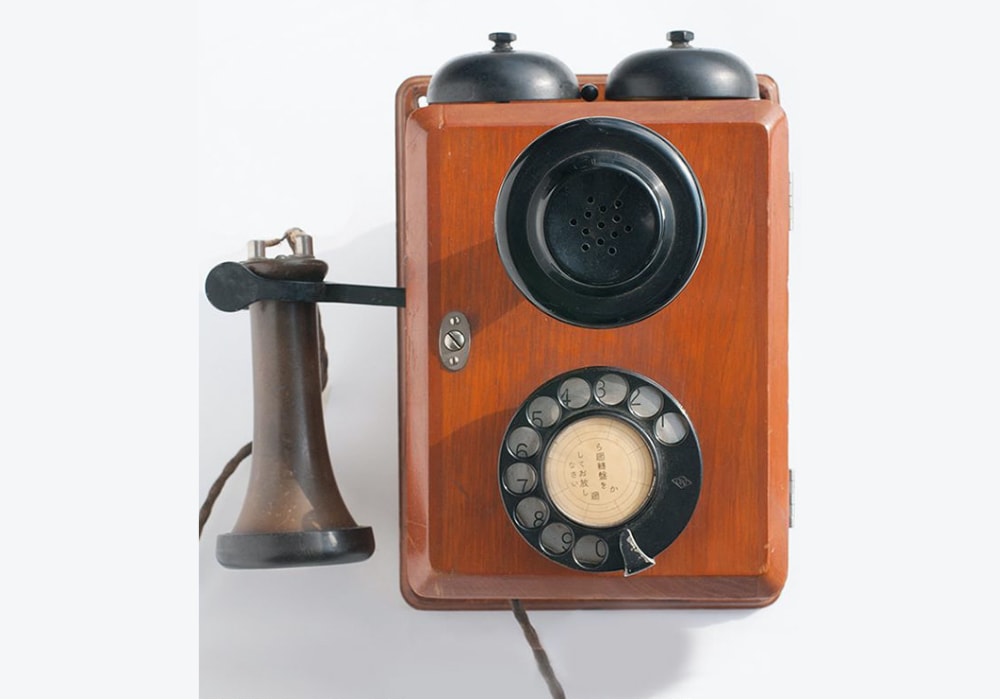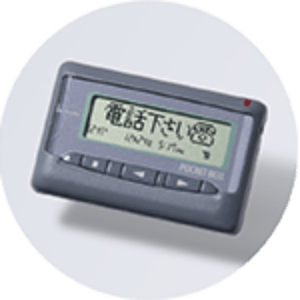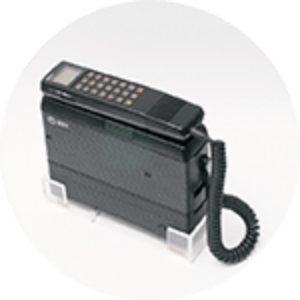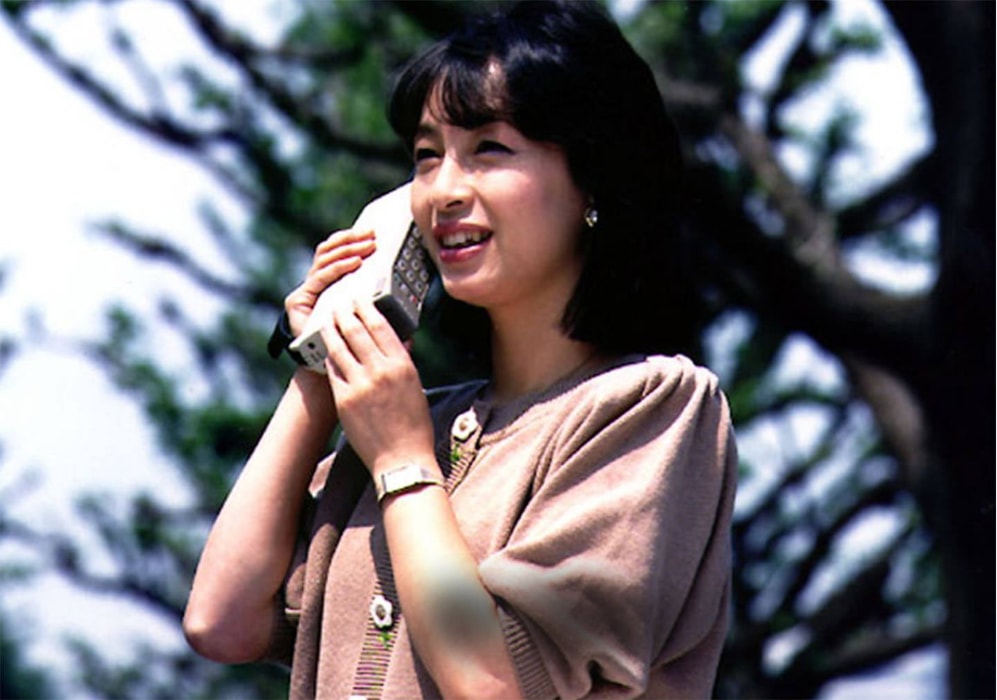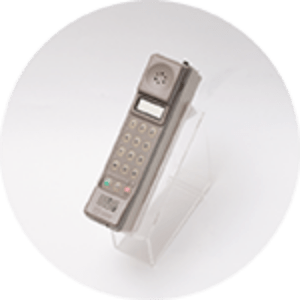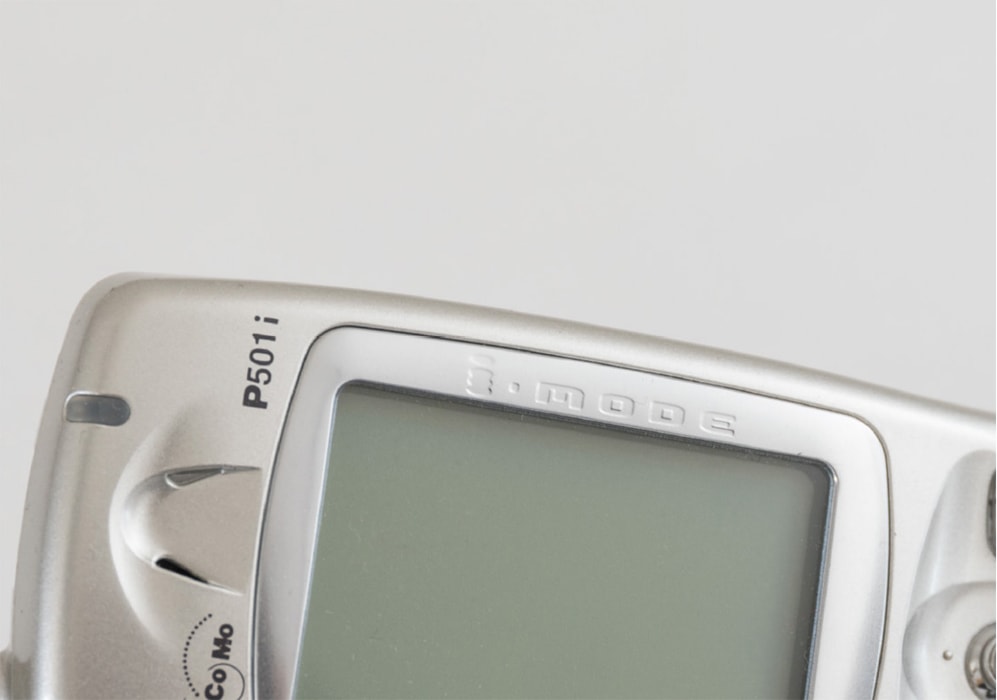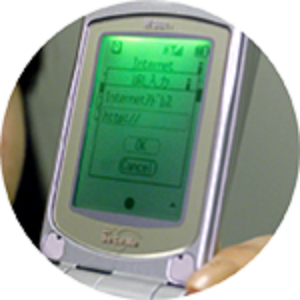1952
Establishment of Nippon Telegraph and Telephone Public Corporation
In 1952, the telephone and telegraph services delivered by the Ministry of Communications and Ministry of Telecommunications were handed over to Nippon Telegraph and Telephone Public Corporation. At this time, Japan was still undergoing post-war recovery and was lagging behind in technology since its equipment had been ruined.
The Corporation conducted a wide range of efforts to achieve a telephone service that connects instantly, in light of public demand.
In 1849, Sakuma Shozan, a samurai from the Matsushiro domain in Shinshu (current-day Nagano Prefecture), constructed Japan's first telegraph using Western books for reference. Five years later, when Perry revisited Japan, the Japanese Shogunate was presented with telegraph sets. From this point onwards, Japan's telegraph and telephone history began in earnest and developed at an astonishing rate. Until the middle of the 20th century, development progressed through a fusion of developed-country technology and technology developed independently in Japan, and the prototype for the familiar rotary dial telephone had already been born by 1933.
Subsequently, functionality and design were enhanced using independent technology exceeding world standards, and by 1939 the number of subscriber telephones nationwide had reached 1 million. Around World War II, the number of telephone subscribers dropped to around 540,000, but the postwar period saw accelerated technological innovation once again, and landline telephones spread.
The No. 23 Automatic Wall Telephone was born in 1953. Although enabling users to call and talk with others simply by turning the dial, without having to go through an operator, conventional automatic telephones had poor transmission characteristics; however, quality was dramatically improved with the No. 23 model.
That same year, mechanization of the telegraph relaying process was realized (at the Mito Telegraph Office) for the first time in Japan, and red-colored public telephones were introduced. These red telephones were installed at 15 locations, including kiosks on the Yokosuka Line platforms and the Yaesu Entrance/Exit of Tokyo Station, their vivid color making their presence known to many people. The year 1953 was also the year in which NHK, NTV, and other television broadcasting services began. With the Nippon Telegraph and Telephone Public Corporation (now NTT) launched the previous year under the motto of "field-orientated services," expanding telegraph and telephone services with private-sector funding became possible. The 1950s were truly an era in which huge leaps forward were achieved in the telecommunications and wireless telegraphy fields.
Photograph: exhibit at the NTT History Center of Technologies
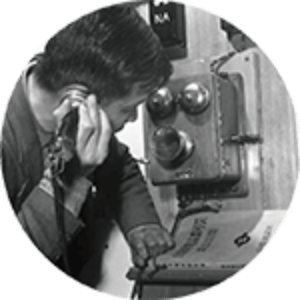
Delville magnetic wall telephones
Automatic wall telephones that did not require calls to be connected by an operator first appeared in Japan in 1926 during the reconstruction following the Great Kanto Earthquake, at the Kyobashi Office in Tokyo. However, transmission characteristics were poor and parts were old, and so there was a major upgrading of transmitters and circuits in 1953. From around 1959, these telephones were gradually eased out of service. The photograph shows a person speaking on a Delville magnetic wall telephone, which was introduced in 1896.
Photograph: NTT
Automatic wall telephones that did not require calls to be connected by an operator first appeared in Japan in 1926 during the reconstruction following the Great Kanto Earthquake, at the Kyobashi Office in Tokyo. However, transmission characteristics were poor and parts were old, and so there was a major upgrading of transmitters and circuits in 1953. From around 1959, these telephones were gradually eased out of service. The photograph shows a person speaking on a Delville magnetic wall telephone, which was introduced in 1896.
Photograph: NTT

600 model automatic desk telephone
Introduced in 1962, the 600 model automatic table telephone was said to be the perfect telephone in terms of transmission performance and cost. Gaining popularity in many households as so-called "kurodenwa (black telephone)" because of its excellent communication functionality, this model became the most common communication tool in those days.
Introduced in 1962, the 600 model automatic table telephone was said to be the perfect telephone in terms of transmission performance and cost. Gaining popularity in many households as so-called "kurodenwa (black telephone)" because of its excellent communication functionality, this model became the most common communication tool in those days.




